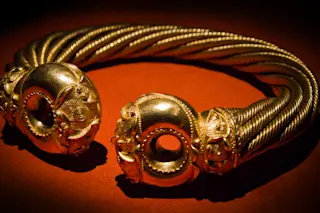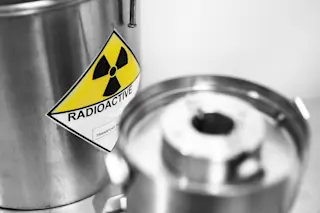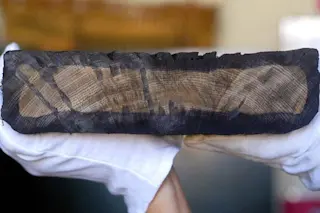If you've ever poured hot water into a Pyrex glass dish and been shocked to see it fracture before your eyes, a new report may give you some insight into what's going on. Pyrex glassware, which came out in 1915 and was long marketed as "icebox to oven" cookware that did not expand or compress when exposed to high heat or low temperatures, is no longer made of that hardy borosilicate glass. And the new stuff, scientists publishing in the American Ceramics Society Bulletin have found, doesn't stand up well to some of the temperature changes involved in cooking.
Over the past century or so, many cooks have gotten used to the idea of glass cookware that's heat- and cold-resistant. However, in the early 90s, Corning, the company that invented Pyrex, started using soda lime silicate glass instead of borosilicate (another manufacturer now owns the line). The switch was, its ...













